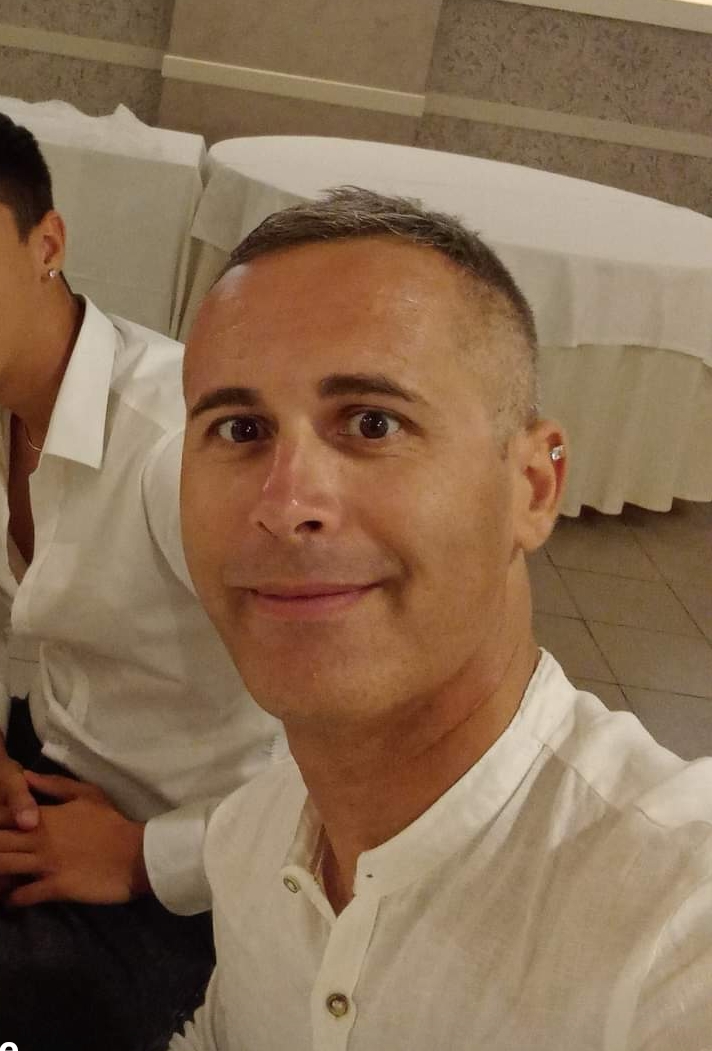Indexed In
- Open J Gate
- JournalTOCs
- RefSeek
- Hamdard University
- EBSCO A-Z
- OCLC- WorldCat
- Scholarsteer
- Publons
- Geneva Foundation for Medical Education and Research
- Google Scholar
Useful Links
Share This Page
Journal Flyer

Open Access Journals
- Agri and Aquaculture
- Biochemistry
- Bioinformatics & Systems Biology
- Business & Management
- Chemistry
- Clinical Sciences
- Engineering
- Food & Nutrition
- General Science
- Genetics & Molecular Biology
- Immunology & Microbiology
- Medical Sciences
- Neuroscience & Psychology
- Nursing & Health Care
- Pharmaceutical Sciences
Dr Alessandro La Torre

Dr Alessandro La Torre, Ph.D
Owner and Director of the Carbastrial Limited; President and Founder at ALTcarbotechnologia&Carbastrial;, Department of Chemistry
University of Nottingham, Italy
[Read Interview session with Dr Alessandro La Torre]
Biography
Whilst doing research he had learnt to work independently, making use of a systematic approach to the planning of his research programme. He brought knowledge of structural characterisation, synthetic chemistry and material fabrication.He had experience in, and knowledge of, characterisation methods, such as IR, UV, XRD, XPS, TGA, Raman, SEM, S/TEM, EDX, EELS, STM and provide electron microscopy support to research groups. This makes him an all-round experimental scientist with an enviable set of skills. In addition, he had developed the skills required to operate the Jeol 2100F Field Emission Gun microscopes with aberration corrected condenser, resolution 1 Å, and the four TEM microscopes at the NMRC Nottingham UK. In a regular basis, He support research groups with TEM characterisation methods. He also knowledgeable in processing TEM images and analysis using Digital Micrograph, IMOD and IMAGE J. He produced high quality reports, books and journal articles of a publishable standard based on the analysis of data and literature with a clear and engaging writing style. He worked independently and autonomously on a number of research and policy projects simultaneously, as required. He identified new topics and develop proposal (including private and public sector funders) to apply for funding. He used to manage external relationships with industrial partners and other stakeholder.
Research Interest
He had fabricated through a bottom up approach a new form of fluorescent carbon at room temperature which bear resembles observed for Chaiote. He also presently play a leading role in a collaborative project funded by the Natural Environment Research Council (NERC) “Elucidating the potential interaction of manufactured nanoparticles with “polycyclic aromatic hydrocarbons”: An integrated toxic-genomics approach” on the environmental impact of nanoparticles . He had led the developing a new platform of in-situ characterization within the Nanoscale and Microscale Research Centre. He had shown for the first time the possibility to observe carbon chains and rings while measuring their functional properties published in Nature Communications, Carbon. He had also developed a method to grow new nano-entities of boron nanostructures in a solid state reaction using heating stages inside the column, showing the first example of single layer BN half-dome published in Nanoscale.


